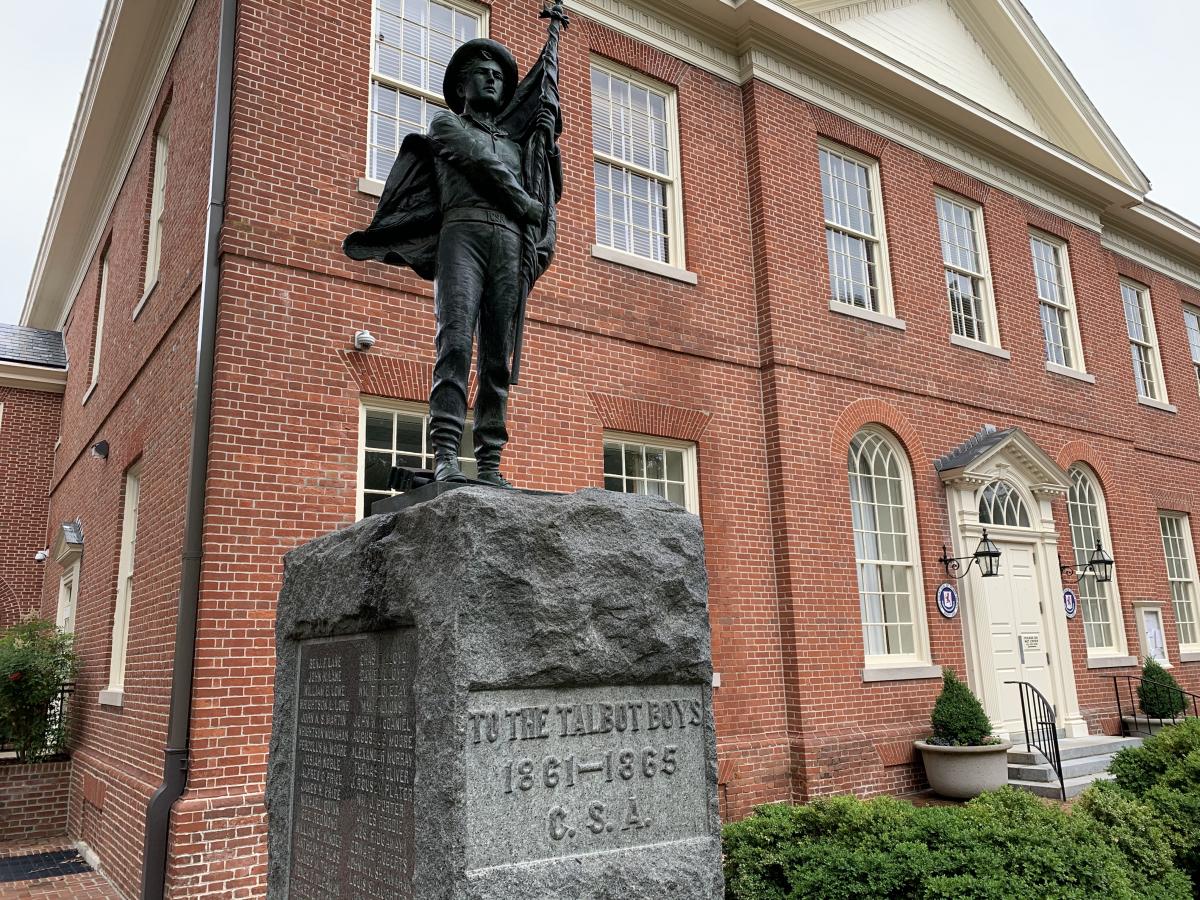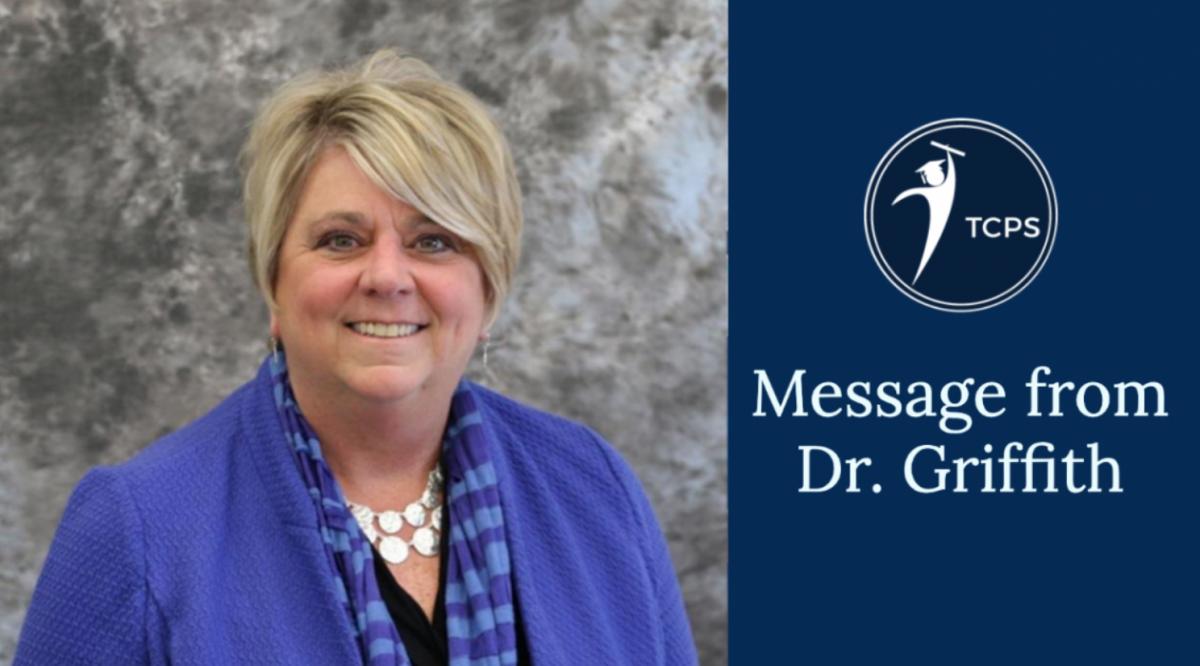Talbot County has filed its application seeking approval from the Easton Historic District Commission to relocate the Confederate monument from the county courthouse grounds.
The county’s application for a certificate of appropriateness was filed Monday, Sept. 27, the deadline for applications to be on the historic district commission’s Oct. 11 meeting agenda.
In its application, the county said a council majority had adopted an administrative resolution to relocate the statue to the Cross Keys Battlefield in Harrisonburg, Va.
The town’s historic district guidelines allow the historic district commission to “approve the moving of historic resources if it finds ‘that it is not in the best interests of the Town or a majority of its citizens to withhold approval,'” according to the county’s narrative in support of removal.
“For profound reasons, it is not in the best interests of the Town of Easton (the ‘Town]) or a presumed majority of its citizens to withhold approval of the County’s’ removal of the Statue from the County Courthouse grounds,” Talbot County said in its narrative. “The Statue, dedicated in 1916, is a Confederate monument on the County Courthouse grounds that commemorates individuals from Talbot County who served in the Confederacy during the Civil War.
“As is well known and highly publicized, the Statue’s presence on the County Courthouse grounds has generated significant controversy and division among many citizens of the County, including citizens of the Town,” according to the narrative. “By way of example, the County is currently defending litigation in the U.S. District Court for the District of Maryland filed by certain individuals, governmental agencies, and entities who seek to have the Statue removed. Thus, the County Council seeks to relocate the Statue from the County Courthouse grounds.”
The county said its intent is for the Shenandoah Valley Battlefields Foundation “to take possession of the Statue where it can be displayed on the Cross Keys Battlefield on the ridge where Maryland troops fought, including troops from Talbot County.
“The Statue can then be repurposed as a monument to all Maryland troops engaged at the battle of Cross Keys with additional interpretation added,” according to the narrative. “The Cross Keys Battlefield is private property; however, it is open to the public year round. Thus, the Statue can be preserved and viewed in a better historical context along with other monuments commemorating the Civil War.”
The county also said moving the statue “to another location outside the Town’s Historic District will not change the general character of the County Courthouse or the Town’s Historic District as a whole. The historic character of the County Courthouse will remain intact, and the Statue’s relocation does not affect any other historic sites, buildings, or other structures in the Town’s Historic District.”
Historic District Application Packet (relocation of Talbot Boys Statue)While the county is working through the administrative process to relocate the Confederate monument from the courthouse lawn, opponents of its removal are asking the county council to change its mind or accept a Talbot County site for the monument.
Lynn Mielke, David Montgomery, and Clive Ewing, longtime advocates for keeping the statue at its current location, have petitioned the council to rescind the administrative resolution calling for the statue’s relocation to Virginia. The petition for rescission is on the council’s agenda for tonight’s meeting.
Members of Preserve Talbot History, meanwhile, are looking for a suitable site for the monument in Talbot County and have asked the county council for greater transparency on the matter.
In a Sept. 23 press release, the group said the county council needs to answer these questions:
1. Has the cost of moving the memorial been estimated, and on what basis?
2. Is there a written commitment from some individual or organization to pay that cost?
3. What is the basis for claim that no one in Talbot County would accept the memorial?
4. Was any request for proposals to take the memorial ever posted?






